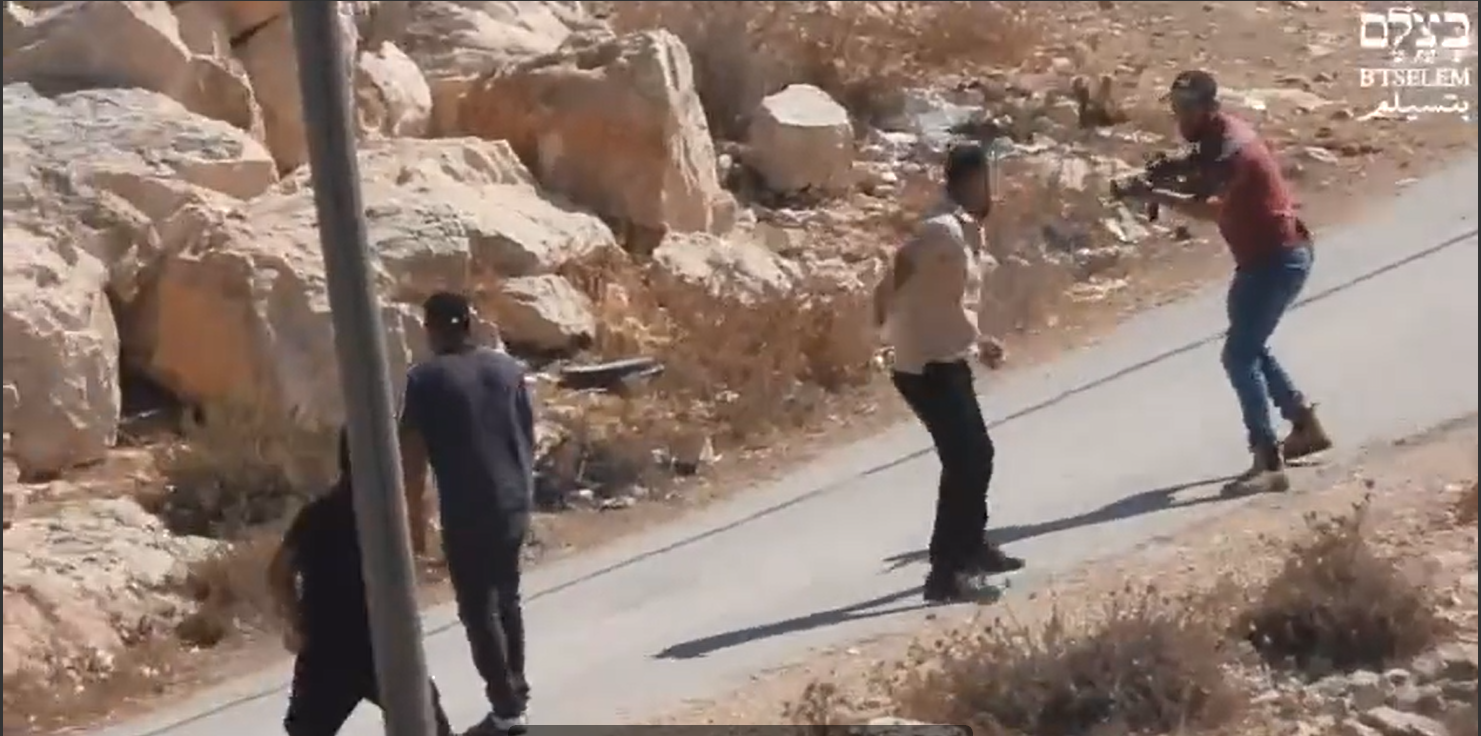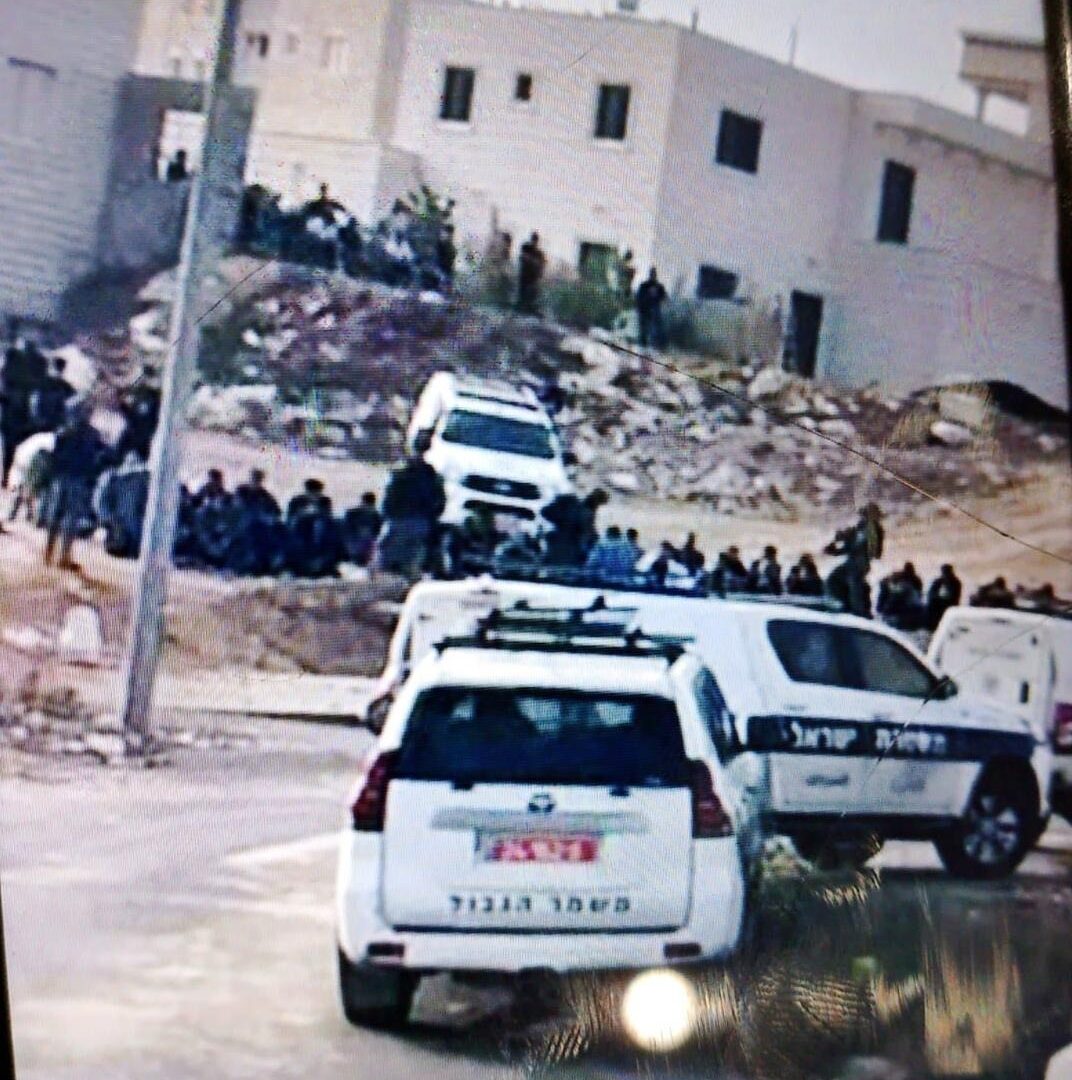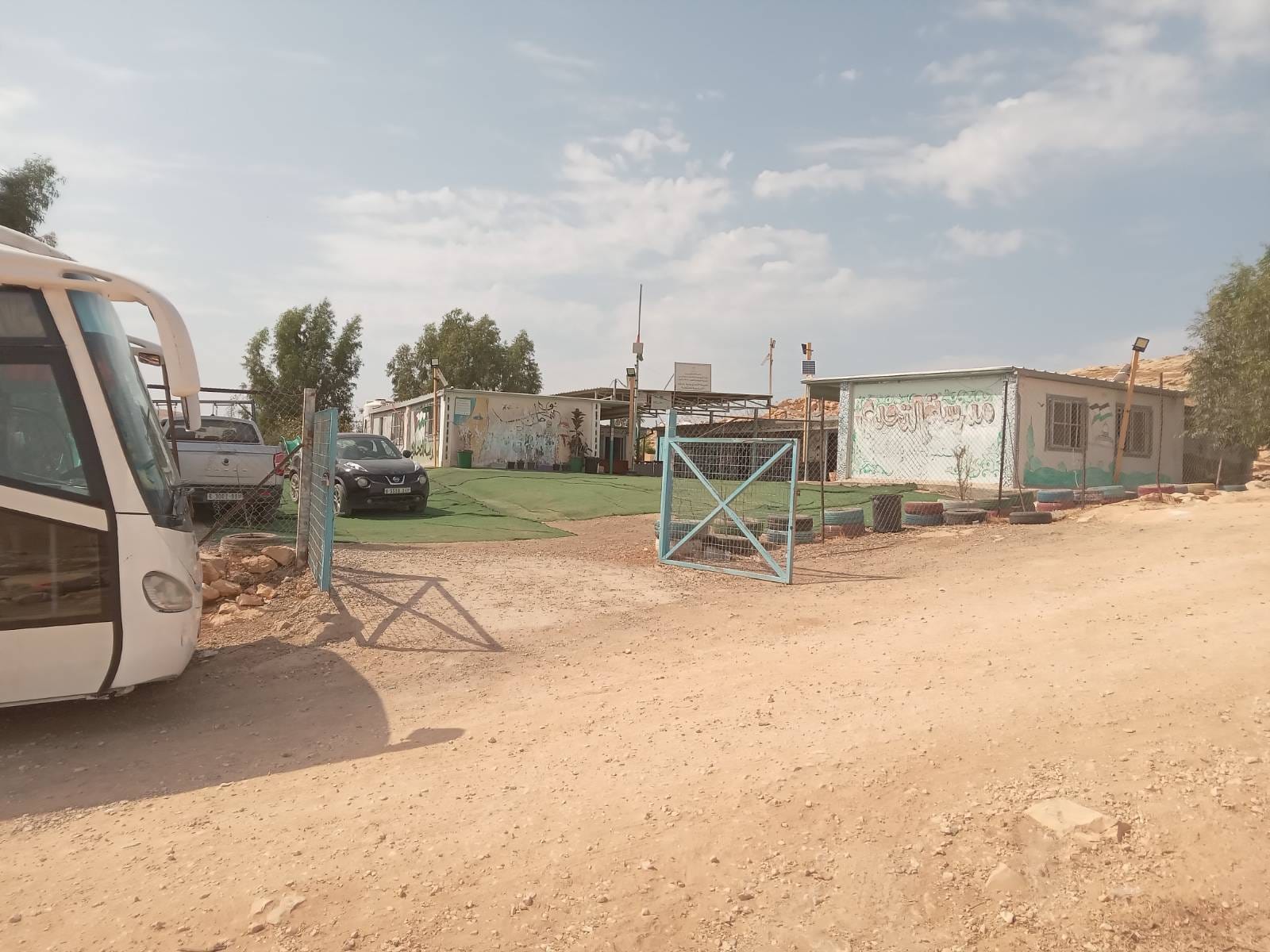-
Watch: Israeli settler shoots Palestinian at point blank range in village of At-Tuwani
TRIGGER WARNING: Blood On Friday, October 13th 2023, a settler from the illegal Israeli outpost of Havat Ma’on entered the Palestinian village of At-Tuwani, in the region of Masafer Yatta, armed with an assault rifle and shot a Palestinian man in the stomach at point blank range. The video, which was made public by […]
-
Total War – The Economic Backbone of the Occupation
15 October, 2023 | International Solidarity Movement | al-Khalil EXPLOITATION AND OCCUPATION Hundreds of Gazan workers are being given refuge in Palestine, after having been dumped in the West Bank by Israel. 45 of them are in al-Khalil and the ISM spoke to many of them this evening. These labourers were working in Israeli settlements. […]
-
Palestinians hospitalised in settler attack near Ramallah
15 October, 2023 | International Solidarity Movement | Wadi Siq Armed settlers attacked Palestinians and international volunteers in the Bedouin village of Wadi Siq, east of Ramallah, on Thursday (October 12) hospitalising two people. Villagers were also beaten after the illegal settlers returned for a second attack later that day, ISMers were told. […]
Action Alert An Nabi Saleh Apartheid Wall Arrests BDS Bethlehem Bil'in Cast Lead Demonstration Denial of Entry Ethnic Cleansing Farmers Gaza Global Actions Hebron House Demolition International law Israeli Army Jerusalem Live Ammunition Nablus Ni'lin Prisoner Ramallah Rubber-coated steel bullets Settlement Settlers Settler violence Tear-Gas Canister Video



